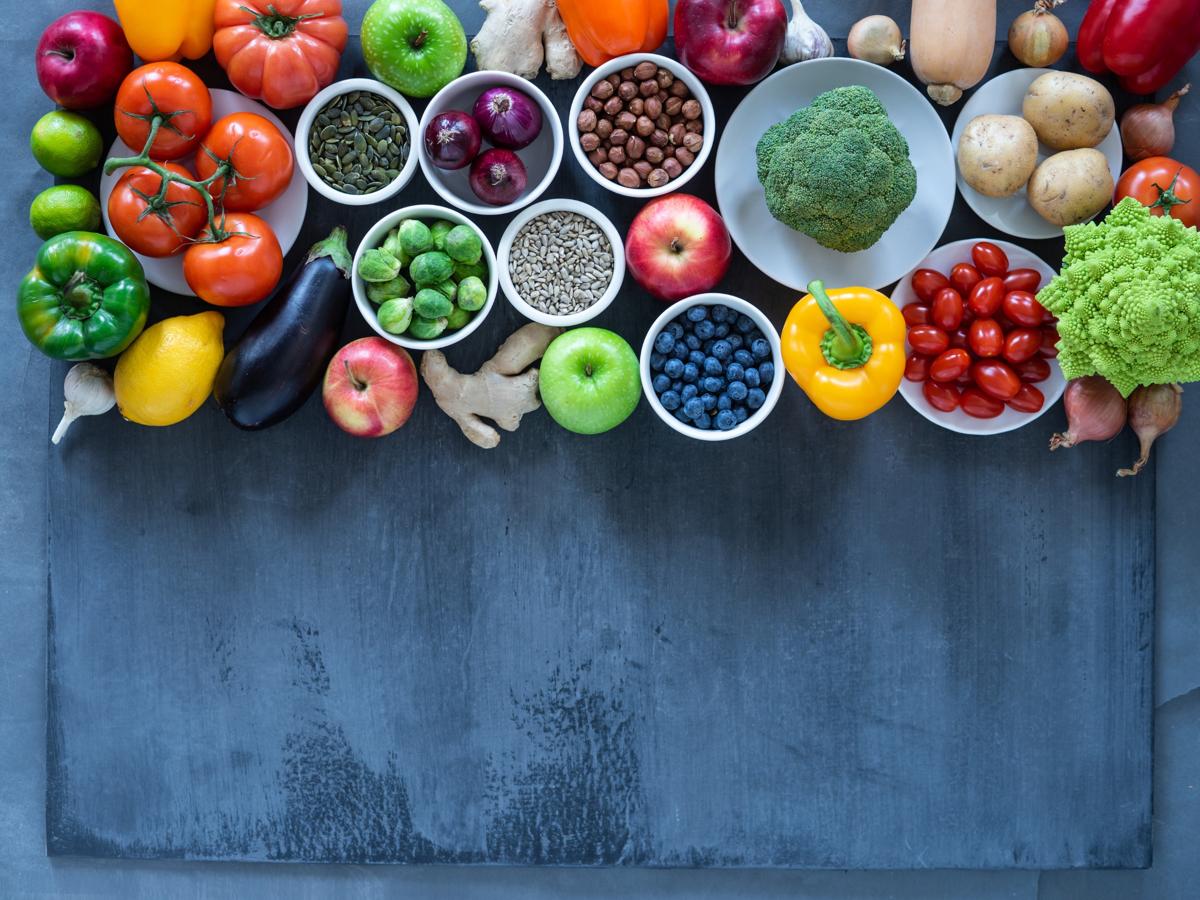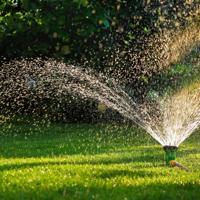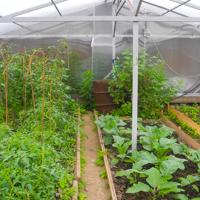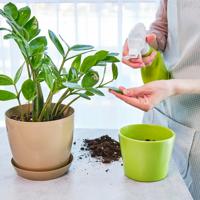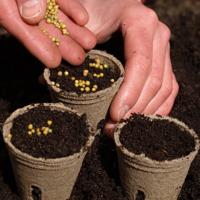Welcome to our exploration of hydroponic nutrient solutions! At Bistrogarden.com, we hold a passion for sustainable gardening, and hope to inspire your garden-to-table lifestyle. Whether you’re an enthusiastic beginner or a seasoned green thumb, understanding hydroponic nutrients is a valuable skill for indoor gardening.
What is Hydroponics?
Hydroponics is a soil-free method of growing plants where nutrients are delivered directly to the roots through a water-based solution. This can be an innovative way to cultivate a variety of plants indoors. It offers flexibility and control over growing conditions, but it involves careful management of nutrient solutions to ensure plant health and productivity.
The Importance of Nutrient Solutions
In hydroponics, plants can’t access soil nutrients, so it’s crucial to provide them with the essential minerals they require. A nutrient solution typically includes a mix of macronutrients, like nitrogen, phosphorus, and potassium, and micronutrients, such as iron, manganese, and zinc.
The success of your hydroponic setup largely depends on the balance of these nutrients. Each plant species and even stages of growth might demand subtle tweaks in nutrient composition.
Basic Components of Nutrient Solutions
1. Macronutrients:
- Nitrogen (N): Vital for leaf growth and photosynthesis. Usually provided in forms like nitrate or ammonium.
- Phosphorus (P): Plays a key role in energy transfer and flower development.
- Potassium (K): Essential for water regulation and overall plant health.
2. Micronutrients:
- Calcium: Aids in cell structure and nutrient uptake.
- Magnesium: A central component of chlorophyll, aiding photosynthesis.
- Sulfur: Important for amino acids, proteins, and enzymes.
- Trace Elements: Iron, manganese, boron, molybdenum, and zinc are necessary in very small amounts but can significantly impact plant health.
Creating a Nutrient Solution
Premade vs. DIY Nutrient Solutions
Premade nutrient solutions are convenient and ensure that you are providing your plants with a balanced diet. Brands often provide guidelines to tailor nutrient ratios to specific plants or growing stages.
However, creating your own nutrient solution can be rewarding. It allows for customization and might be more economical in the long run. A common DIY mix might involve:
- Dissolving a fertilizer compound that lists N-P-K ratios.
- Adding supplemental micronutrients as needed.
When creating a solution, it’s vital to understand the specific needs of your plants and monitor their growth to make any necessary adjustments.
Research by Jones et al. (2012) suggests that nutrient absorption can be optimized by keeping pH levels around 5.5 to 6.5. Regularly check and adjust the pH of your solution for optimal nutrient availability.
Monitoring and Adjusting
Maintaining a thriving hydroponic system requires regular monitoring of the nutrient solution. Over time, plants may deplete specific nutrients, leading to deficiencies or toxicities. Tools like TDS (Total Dissolved Solids) meters and pH strips/meter can be useful.
Remember to replace nutrient solutions periodically to prevent salt buildup, which can damage plants. Observing plant health, such as leaf color and growth rates, can offer insights into adjusting nutrient concentrations.
A Personal Note
Starting my own indoor hydroponics system was a journey of trial and error. Balancing nutrient solutions can be a careful science, and patient observation has often been my greatest ally.
While research and guidelines provide a solid foundation, each setup may present unique challenges and learning opportunities. Share your experiences in our community section to help others learn from your insights.
Conclusion
Hydroponic gardening can be an enlightening pursuit. With a thoughtful approach to nutrient solutions, you can cultivate a flourishing indoor garden geared towards sustainability. Stay curious, experiment safely, and enjoy the process of watching your plants thrive.
Remember to sign up for our newsletter for more insights on sustainable gardening. Happy growing!
References:
1. Jones, J.B., Benjamin R. Jessica, Twing, W., & Woods, B. (2012). Hydroponics: A Practical Guide for the Soilless Grower. CRC Press.
